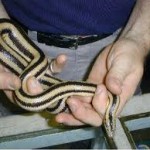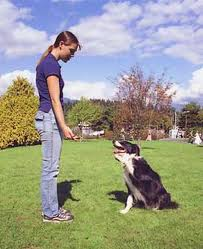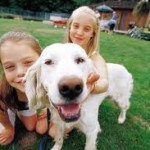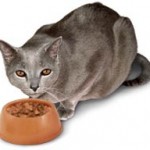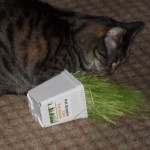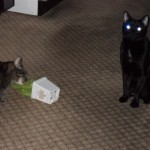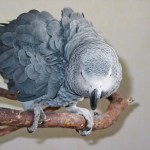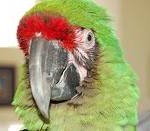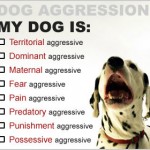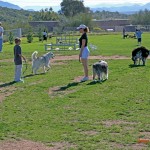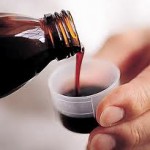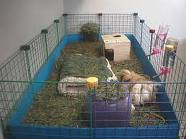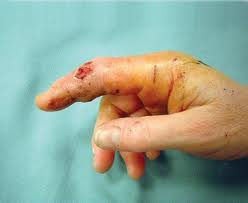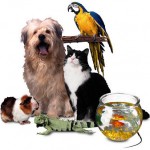Rosy Boa for Beginners
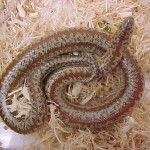 The rosy boa (Charina spp.) is considered one of the best snakes for beginners because they are so calm as well as attractive. The boa’s native range is in the American Southwest region, into the Baja and Sonoran Mexico. In the U.S. they are found in California and Arizona, as well as the Colorado and Mojave Deserts. They also populate some coastal areas in California. They like talus or rock slopes, alluvial fans, boulder piles and in desert sage scrube or chaparral habitat areas.
The rosy boa (Charina spp.) is considered one of the best snakes for beginners because they are so calm as well as attractive. The boa’s native range is in the American Southwest region, into the Baja and Sonoran Mexico. In the U.S. they are found in California and Arizona, as well as the Colorado and Mojave Deserts. They also populate some coastal areas in California. They like talus or rock slopes, alluvial fans, boulder piles and in desert sage scrube or chaparral habitat areas.
Rosy boas have a variety of colors: albino, cream-colored with chocolate stripes, and steel gray with orangey stripes. The most popular are the albinos that are white with orange stripes. The most common is the steel gray with dark orangey stripes.
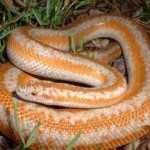 Captive bred boas are best pets. They can live as long as 20 years. On average the rosy boa will never attain a total length of 4 feet, with the most common length being 2 to 3 feet at most.
Captive bred boas are best pets. They can live as long as 20 years. On average the rosy boa will never attain a total length of 4 feet, with the most common length being 2 to 3 feet at most.
Further, the wild species are in decline and on several endangered species lists. Leaving the wild populations alone will help rebuild the natural populations.
Handling the snake should be done with care. Any snake that feels threatened will either bite or squeeze. Generally rosy boas do not bite but the potential is always there. Never pickup the snake within 48 hours of it eating because handling may cause the snake to regurgitate its meal.
The right way to start is to touch the snake about mid-body to let the snake know you are there and not a predator. After this initial touch, gently scoop it up in one hand and support the rest of the body with the other. Handle it up to an hour.
Rosy boas are nocturnal. They are presumed to eat small snakes, nestling birds, amphibians and small mammals. In captivity, feed them only thawed frozen mice of appropriate size. Babies get pinkies, juveniles get hoppers and adults eat full-sized mice.
It is a good idea to move your pet into a separate container for feeding time. It can be a bucket with air holes, a bowl also with air holes, whatever is the right size for your snake. Holes should be about 1/2-inch in diameter. Many people feed their snake at night, placing it in the bucket first and then putting the thawed food in using tongs.
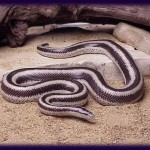 Here in Colorado the temperature gets colder than 80 degrees on most days. The most typical boa container is a 20 gallon fish tank. In Colorado add an under-tank heater or use a ceramic heater. The under-tank heater raises the tank’s temperature about 10 degrees above the ambient temperature of the room. Cooler locations consider using a ceramic heater.
Here in Colorado the temperature gets colder than 80 degrees on most days. The most typical boa container is a 20 gallon fish tank. In Colorado add an under-tank heater or use a ceramic heater. The under-tank heater raises the tank’s temperature about 10 degrees above the ambient temperature of the room. Cooler locations consider using a ceramic heater.
Source: Reptiles USA, 2011 Annual, “A Classic Snake for beginners,” by J.F. Taylor (pg 51 – 55)

